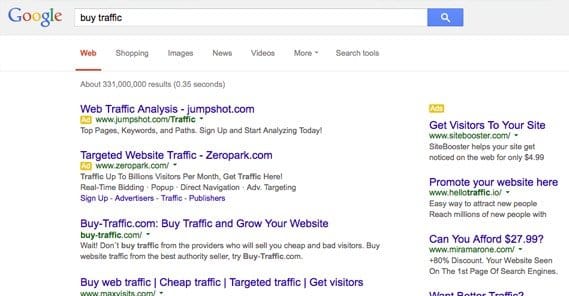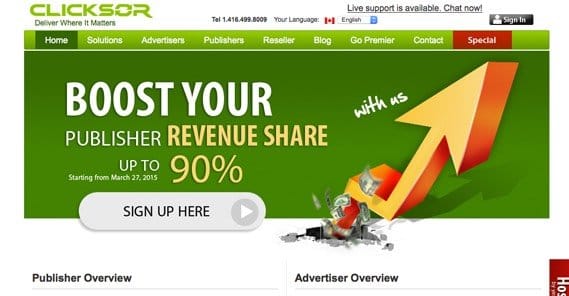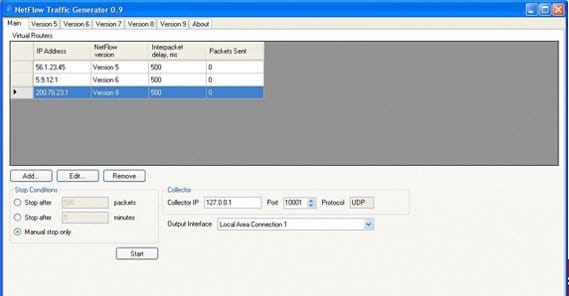Why Buying Traffic Isn’t Getting You Any Results

There are good ways and bad ways to buy traffic. On the good side, you have reputable third party services, and you have direct PPC networks, like Google and Facebook. On the bad side, you have disreputable third party sellers, poor quality PPC networks, link exchanges and individual sellers. There’s also software-generated traffic, though there are very few reasons you might want to use that.
If you’re buying traffic and you’re not getting any results, you need to look at where the traffic is coming from and whether or not it’s bot traffic.
Traffic Quality Control
I like to break up traffic into a few categories.
At the very top, you have the highly interested, highly targeted individuals. These are people who find you organically while searching for you or your products, complete with the intent to buy. They’re the people who you target directly with Facebook PPC. They’re the leads generated by your sales team. They’re the best, because they’re real people with an intent to buy. You can easily convert them into customers.
Just below this tier, you have real people who may be interested, but who aren’t necessarily ready to buy. These are also good leads to have, and ideally they will make up the majority of your traffic. Yes, you’d like to have the higher quality leads in volume, but realistically that never happens. Still, interested users are better than the alternative.
Below that tier are the disinterested users. These are people who come in from PPC or from organic search looking for something, but they aren’t sure what. Maybe your site satisfies them, but maybe it doesn’t. They aren’t interested enough or ready enough to buy, and they probably won’t even opt-in to a mailing list or anything. Think of them as filler; the water in which you suspend tea to steep.
One step lower and you have the completely worthless users. These are real people, but they’re totally outside your range. For example, if you sell products strictly within the United States, users coming to your site from India aren’t valuable in the slightest. It doesn’t matter if they’re interested or not; you can’t sell to them, so they hold no value to you. The exception, of course, is if you can monetize them in some other way, but this is rare.
The lowest tier, then, is the fake traffic. This is traffic that reaches your site from software or bots. There’s no real person there, so it can’t possibly convert. The only potential way to earn money from it is with PPM ads, but those tend to have filters to weed out bot traffic, so it’s largely worthless even then. The only exception are the good bots, like the Google web indexer, which are necessary to keep your site indexed.
Now let’s take a look at the various traffic sources you might pay for, and what kind of traffic you’re getting.
Source: Legit PPC
Good PPC traffic, like what you get when you give Facebook or Google money, tends to be in the upper categories of traffic. It’s rarely bot traffic, though some bots will be mixed in. It can, however, be bad, disinterested traffic.
The reason it might not be good traffic, however, is not a fault of the system. Rather, it’s a fault of your targeting and advertising. If your traffic is low quality and it’s coming from a network with a good reputation, chances are it’s because you don’t have the targeting restrictions necessary to refine it. For example, if you’re getting a lot of traffic from countries that can’t convert, jut block those countries from your ads.
Source: Poor PPC
Have you ever investigated making money from PPM ads? One of the primary black hat techniques is to set up incredibly low quality incoming traffic, as cheaply as possible. Maybe you use bots, maybe you use clickfarms, maybe you use Facebook PPC that you leave wide open and get penny clicks out of.
This is the other end of a low quality PPC network. If you’re buying traffic from a low quality PPC network, your ads are showing up on thin sites that exist solely to get money out of the network, and by extension, out of you. If your traffic doesn’t work, consider whether or not the network you’re using is valid. Sometimes, you go for a network like that because it’s cheap, only to find you really do get what you pay for.
Source: Link Exchanges
Link exchanges are a special kind of traffic buying that operates through a central hub and relies on a credits system. Essentially, you use a special browser to cycle through the websites in the network, viewing them at your leisure. While you do so, you earn viewership credits. You spend those credits for slots in the rotation for your site. Other people then see your site in the rotation while they’re earning view credits themselves.
There are two problems with this setup. First is the system itself. It encourages webmasters to view these pages, but that’s all. Customers who have no need or desire to earn credits for any possible reason won’t be part of the network. Meanwhile the people who are part of the network aren’t likely to be valid customers; they’re there to promote their own site, not to buy something from yours.
The second problem is the credit system itself. Often these networks are accompanied by plugins or pieces of software that do the viewing for you. You rack up credits more quickly using the software, but the views the sites get are bot refreshes rather than actual humans.
So, in the best case scenario, the traffic you get is disinterested, low-tier users. At worst, it’s valueless bots.
Source: Software Generators
Finally, if you’re “buying” traffic by buying a piece of software that generates traffic for you, you have to know that it’s not a magical application forcing other users to view your site. It’s just sending hits to your site through your computer. This, obviously, does nothing for you.
The only legitimate reason I can think of to use a traffic generator is to stress-test your server configuration. By setting up enough multi-threaded bots, you can simulate a minor DDoS attack on your own servers, to see how well they withstand either malicious attacks or viral surges in traffic.
 ContentPowered.com
ContentPowered.com







